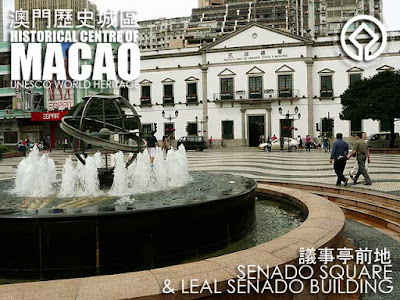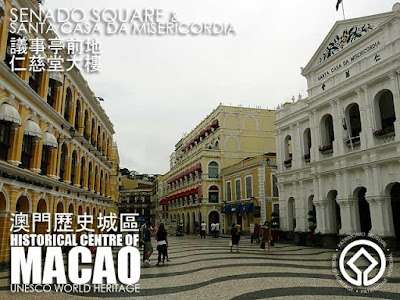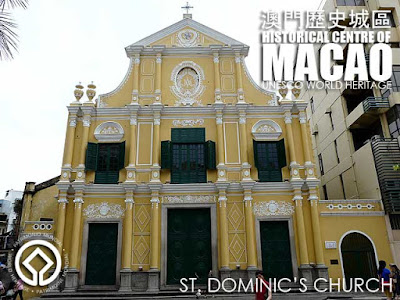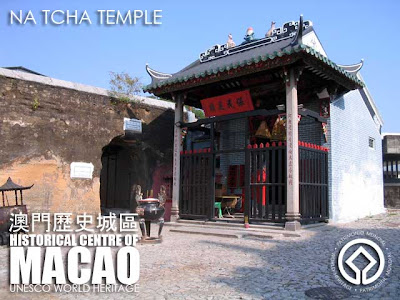
The Historic Centre of Macao 澳門歷史城區 was inscribed in the UNESCO World Heritage List in 2005. Later that year, I made my first trip to Macau. And I literally walked the whole Macau Peninsula visiting all the 25 sites included in the UNESCO inscription.
I was glad to be back again last week for a different kind of walking tour around old Macau since this time, we visited the alleys and side streets most tourists take for granted.
We started our walk at the old Ponte No. 16 Building which was where Sofitel Macau At Ponte 16 is. From there, we made our way to Senado Square along San Ma Lo or Avenida de Almeida Ribeiro, then through the alleys and small side streets where we saw a good number of interesting old structures.


Senado Square is the center of old Macau. Around it are the Leal Senado Building, Santa Casa da Misericórdia, the Macau Post Office Building and other grand old structures. What I like about the area is the fact that the signages are simple and not intrusive, unlike those in the Philippines which tend to grab too much attention.

From Senado Square, we walked towards the Ruins of St. Paul, passing by St. Dominic's Church. From the Ruins of St. Paul, we took escalators up to the Museu de Macau which documents and presents the history of Macau and its people.
According to UNESCO, Macau was inscribed in the World Heritage List because it "bears a unique testimony to the first and longest-lasting encounter between the West and China. From the 16th to the 20th centuries, it was the focal point for traders and missionaries, and the different fields of learning. The impact of this encounter can be traced in the fusion of different cultures that characterise the historic core zone of Macao."
Macau also "represents an outstanding example of an architectural ensemble that illustrates the development of the encounter between the Western and Chinese civilisations over some four and half centuries, represented in the historical route, with a series of urban spaces and architectural ensembles, that links the ancient Chinese port with the Portuguese city."

The 25 sites include churches: St. Lawrence's Church, St. Joseph's Seminary and Church, St. Augustine's Church, Cathedral of the Nativity of Our Lady, St. Dominic's Church 玫瑰堂, Ruins of St. Paul 大三巴牌坊 and St. Anthony's Church; temples: A-Ma Temple 媽閣廟, Sam Kai Vui Kun or Kuan Tai Temple, and Na Tcha Temple 大三巴哪吒廟; government and institutional buildings: Leal Senado Building, Moorish Barracks, Dom Pedro V Theatre 伯多祿五世劇院, Sir Robert Ho Tung Library, and Holy House of Mercy or Santa Casa da Misericórdia 仁慈堂大樓; plazas and open spaces: Lilau Square, St. Augustine's Square and Senado Square 議事亭前地; residences: Mandarin's House, Lou Kau Mansion and Casa Garden; fortifications: Section of the Old City Walls, Mount Fortress or Fortaleza do Monte 大炮台, and Guia Fortress 東望洋炮台 which includes Guia Chapel and Guia Lighthouse; and cemeteries: Old Protestant Cemetery 基督教墳場 and the old headquarters of the British East Indies Company.

No comments:
Post a Comment